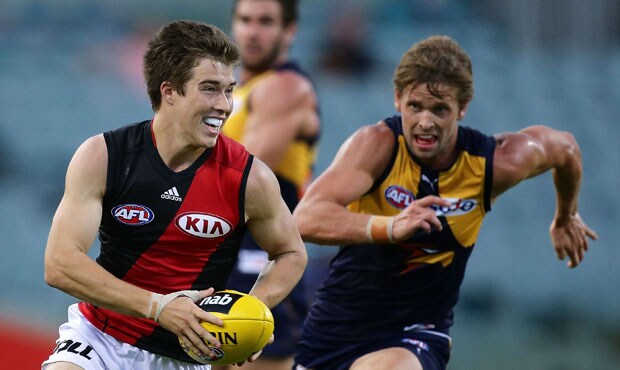For the second time since John Worsfold’s appointment the match committee will have gathered in a room at Tullamarine and reset the season aims, goals and finally what ‘it’ will look like at the end of the season. The circumstances Worsfold confronts would not be totally foreign to him or his coaches as they have a very broad level of experiences ranging from lowly ladder positions, to rebuilds, to premierships. That’s the game. It happens.
They now need to pool their resources and experiences. The Coach would have had a team set in his mind following his initial appointment. All coaches carry around their magnet board, now it’s probably a computer. They plot and plan, working on the team in their mind daily. That all changed in January. The magnets had to be moved. Careers restored, veterans recalled, opportunities arise and training is adjusted to accommodate new education and learning for the ‘incoming’.
There is no doubt the plan would need simplifying. This situation has never happened before so regardless of the experience of the coaching group they are entering new territory. This is where John Worsfold becomes very important. Traditionally he has adopted a very structured and conservative game plan and positioning of his team. Mind you with a midfield at West Coast compromising Chris Judd, Ben Cousins, Michael Braun, Chad Fletcher, Andrew Embley and Daniel Kerr there was probably no need to be too creative. Was he ‘easy’ to coach against? Not with that midfield he wasn’t. But his teams are predictable to each other and although they may also be predictable to the opposition, this scenario will sit very well with this new group.
Worsfold has received his fair share of ‘clinical assessment’ over those years but he also knows how to go to the bottom and recover. Essendon’s list will need consistency of message and strong on field leadership in order to implement the game plan. Regardless of the results, the coaching group won’t, nor should they, compromise on standards of training, effort, professionalism and the capacity to teach and grow. John Worsfold ticks all boxes in this challenging year.
So what does success look like? There must be strong internal KPI’s as most punters will look at the scoreboard and base their assessment on win/loss. There are gains to be had in every game. These indicators will range from short term (a winnable game against Gold Coast), huge efforts in marquee games (Anzac Day, Country Game and Dreamtime) and finally, to stay the course and play the season out.
As the great Alan Jeans once said; ‘do not accept what is going on’. I want Essendon’s next 100 game kids to grow and emerge. We know what Ryan Crowley and James Kelly will give you. What will Jayden Laverde, Jason Ashby, Zach and Jackson Merrett, Joe Daniher, Shaun Edwards, Marty Gleeson, Orazio Fantasia, Patrick Ambrose and Nick Kommer ‘look like’ in 10 months’ time?

Zach Merrett is one player who could benefit from more time in the midfield this season.
So for individuals (in particular) and the team I’d start with this simple but effective process:
The Backward Design Model is a good place to start when planning, then eventually evaluating a football season. The idea comes from education and teaching and suggests that ultimate learning (success) experiences should be planned with the final outcome clearly in mind, i.e. by the end of September 2016 what do we want Essendon to look like? Given Essendon’s situation Worsfold would have clearly outlined what ‘the end’ looks like. He will coach to those goals and expectations and won’t budge off that course.
So one starts with the end of the season then in the second phase of Backward Design, you think about how you will decide if players are starting to master the knowledge and skills you want them to gain. What will you accept as evidence that players/team are making progress toward the learning goals.
Finally, the coaches will move to designing the strategies and player learning experiences.
Stage 1: Identify desired results/acceptable standards/improvement areas (team and individual)
Stage 2: Determine acceptable evidence of learning
Stage 3: Design learning experiences & instruction (training and education of players).
At the end of the year that may be the big wins that you get. You will have your club back, there is a real vision and hope and clear evidence of improved learning and education of players. That can be extremely satisfying for a coach and believe me, that’s a lot more important than what the scoreboard may, at times, be telling you.
Finally, this thought. You may not always have a great team, but you can always have a great club.
Next week, on the eve of the first home game, I’ll give an insight into growing up around the Club that continues to intrigue and inspire me.
Robert Shaw is a former AFL Coach and was an Assistant Coach under Kevin Sheedy when the Bombers won the flag in 2000. His column will be published each Wednesday.



